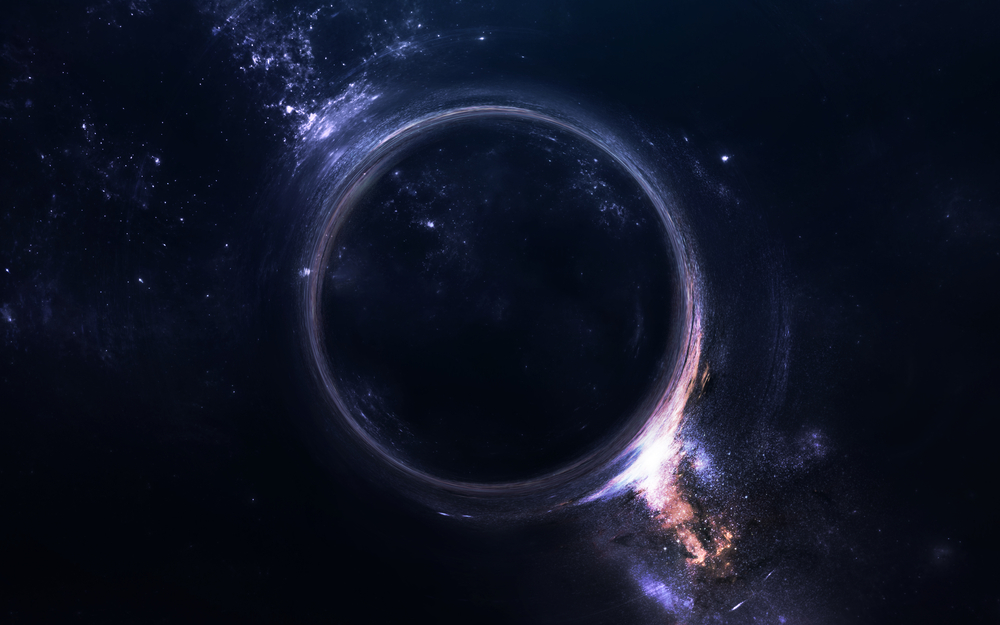
Black holes are not intended to make flashes of light. It’s in the name: black holes. And as they slam into each other, the massive objects are expected to be invisible to the traditional instruments used by the astronomers. But when scientists spotted a black hole collision last year, they also noticed a strange light from the crash.
On May 21, 2019, Earth’s gravitational wave detectors captured the signal of a pair of enormous objects colliding, sending cascading ripples through spacetime. Later, an observatory called the Zwicky Transient Facility (ZTF) captured a flash of light. As astronomers looked at the two signals, they discovered that both originate from the same patch of the sky, and the researchers started to wonder if they had witnessed a rare visible black hole collision.
“This detection is extremely exciting,” Daniel Stern, coauthor of a new study on the discovery and an astrophysicist at NASA’s Jet Propulsion Laboratory in California, said in a NASA statement.
“There’s a lot we can learn about these two merging black holes and the environment they were in based on this signal that they sort of inadvertently created.”
Here’s what the scientists believe happened in this unusual situation. The two black holes that merged were locked in a disk surrounding a quasar, a supermassive black hole that generates a blast of energy.
“This supermassive black hole was burbling along for years before this more abrupt flare,” Matthew Graham, an astronomer at Caltech and the project scientist for ZTF, said in a university statement.
That in and of itself isn’t so strange, according to his colleague. “Supermassive black holes like this one have flares all the time,” co-author Mansi Kasliwal, an astronomer at Caltech, said in the statement. “They are not quiet objects, but the timing, size and location of this flare was spectacular.”
Scientists believe, based on the combination of gravitational waves and light, that the flash came from two small black holes merging into the accretion disk of the supermassive black hole. The supermassive black hole’s extremely strong gravity influences the smallest objects on the disk, including the other black holes.
“These objects swarm like angry bees around the monstrous queen bee at the center,” co-author K. E. Saavik Ford of the City University of New York Graduate Center, the Borough of Manhattan Community College and the American Museum of Natural History, said in the statement. “They can briefly find gravitational partners and pair up but usually lose their partners quickly to the mad dance. But in a supermassive black hole’s disk, the flowing gas converts the mosh pit of the swarm to a classical minuet, organizing the black holes so they can pair up.”
According to scientists, the flash of light doesn’t come from the collision itself. Instead, the force of the merger sets off the now-a-little-larger black hole, which travels through the gas covering it in the supermassive black hole’s accretion disk. The gas, in effect, creates a flare after a delay of days or weeks, according to the theory. In this scenario, scientists observed a flare about 34 days after the gravitational wave signal. This is not a guarantee that this justification fits what actually occurred, the researchers added.
“The flare occurred on the right timescale, and in the right location, to be coincident with the gravitational-wave event,” Graham said. “We conclude that the flare is likely the result of a black hole merger, but we cannot completely rule out other possibilities.”











































